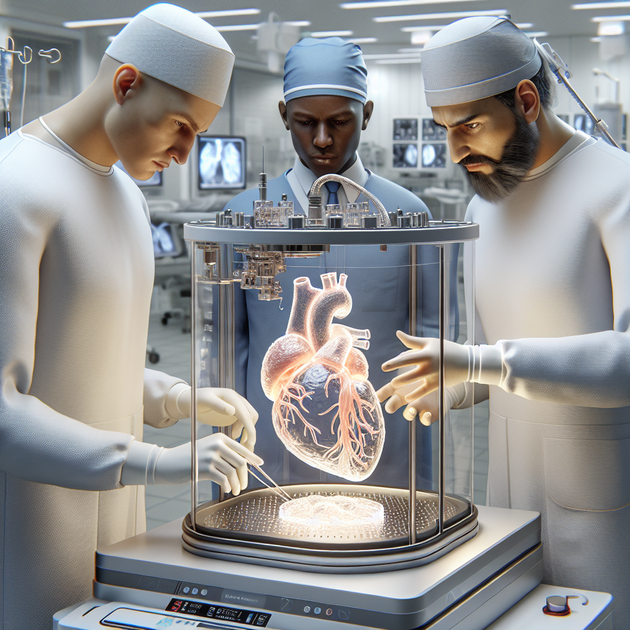Ever thought about swapping out a damaged body part for one made by a machine? Sounds like science fiction—or maybe a plot twist in a superhero movie—but the world of 3D printed organs is getting surprisingly close to everyday reality.
From Printed Skin Grafts to Custom Jaws
It’s wild to realize just how fast medical 3D printing has moved from experimental labs into real clinics. Take skin grafts for burn victims—doctors are now using bioprinters to “print” layers of living skin cells right onto wounds. These aren’t just bandages; they’re living tissue that can actually fuse and heal with the patient’s body.
Then there’s the story of a man who received a completely 3D printed lower jaw. Surgeons designed it on a computer and built it layer by layer out of titanium powder. Once implanted, it fused with his skull—and he was able to talk and eat within days.
Dental care is jumping on board too. Instead of those old-school gooey molds for crowns or bridges, many dentists now use digital scanners and in-office printers. You can walk in with a broken tooth and leave with a custom-fit crown the same day—no temporary fixes or weeks of waiting.
How Does Bioprinting Work?
So what actually goes into printing an organ or tissue? The basics sound simple enough:
- Digital model: Doctors scan the patient to create a precise blueprint.
- Bio-ink: Instead of plastic or metal, printers use special “inks” made from living cells.
- Layer-by-layer printing: The printer lays down thin layers—sometimes thinner than a human hair—to build up tissue structure.
- Maturation: The printed tissue often needs time in special incubators so cells can grow together and form blood vessels or nerves.
It sounds like magic but it’s really just careful chemistry and engineering. Researchers have even managed to print things like miniature hearts that actually beat—though we’re still years away from being able to transplant something that complex into people.
The Leap to Organ Transplants
Right now, the biggest hope for this technology is in solving the shortage of donor organs. Thousands of people wait for kidney or liver transplants every year; many never get them. If doctors could print these organs using a patient’s own cells (so there’s no risk of rejection), it would be a total game changer.
There are already breakthroughs worth paying attention to:
- Miniature functional livers have been printed and transplanted into animals.
- Researchers in China created the world’s first fully vascularized heart prototype using AI-guided printers.
- Major hospitals like Mayo Clinic are actively investing in bioprinting research.
We’re not talking about distant-future stuff anymore—the early versions are being tested today.
Anecdote: Rethinking What’s Possible for Our Bodies
This tech isn’t just something you see on TV—it hits home when you realize how quickly it’s changing day-to-day healthcare. Not long ago, my dentist scanned my busted molar with a wand about the size of an electric toothbrush. By lunch I had a brand-new ceramic crown they’d printed right there in the office—no messy molds or week-long waits.
It got me thinking: If we’re already replacing teeth and skin with prints tailored to our bodies, what happens when we start talking about bones or even whole organs? For anyone dealing with chronic pain or worn-out joints (like my friend with back problems), just knowing this is on the horizon changes your sense of what might be possible down the road.
The Future Is… Kind of Unsettling?
There’s something both exciting and weird about realizing your body parts might not be as “fixed” as you thought. Today it’s crowns and skin grafts; tomorrow it could be entire vertebrae or even kidneys fresh off the printer.
Here’s where things stand with 3D printed organs:
- The first real-world applications (skin grafts, jaws, dental work) are already here.
- Larger complex organs are still years away but moving fast thanks to ongoing breakthroughs.
- If you’re dealing with injury or disease now, these advances could mean totally new options soon.
So as this tech moves from sci-fi into reality—how do you feel about having part (or all) of your body replaced by something made in a lab? Would you be first in line…or does it freak you out too?

Leave a Reply